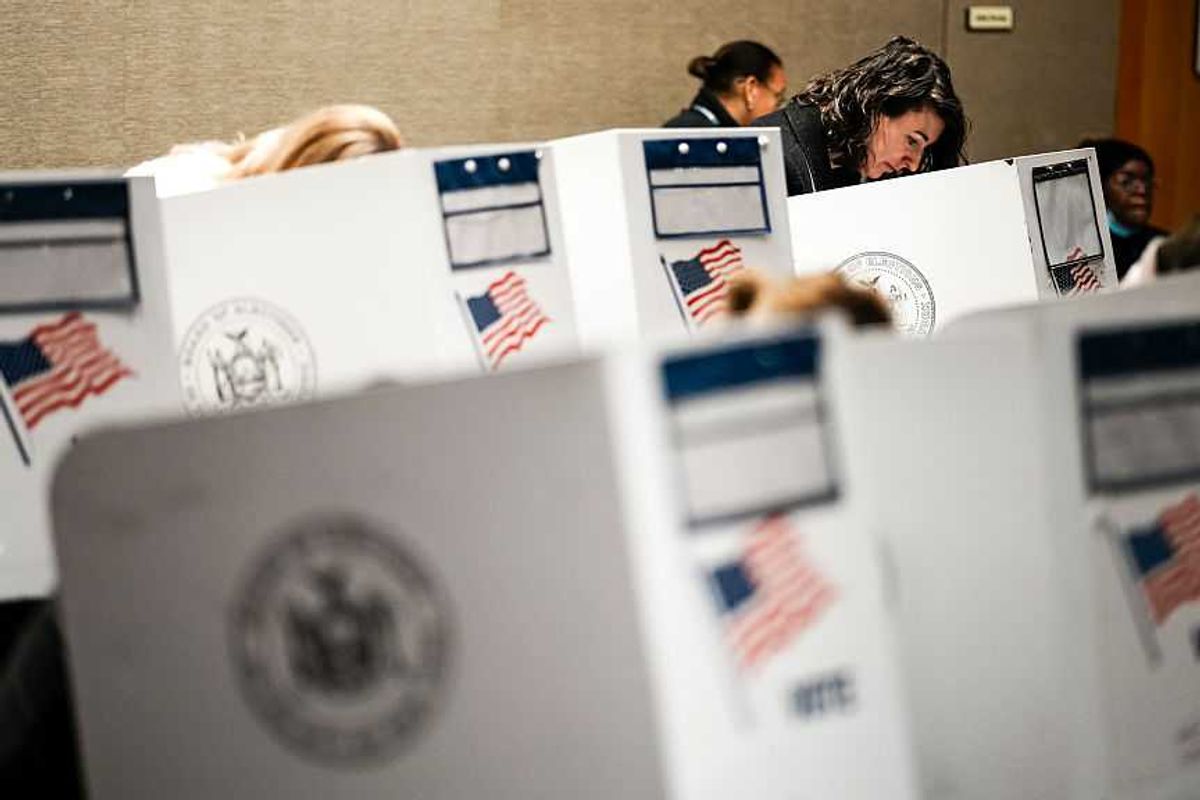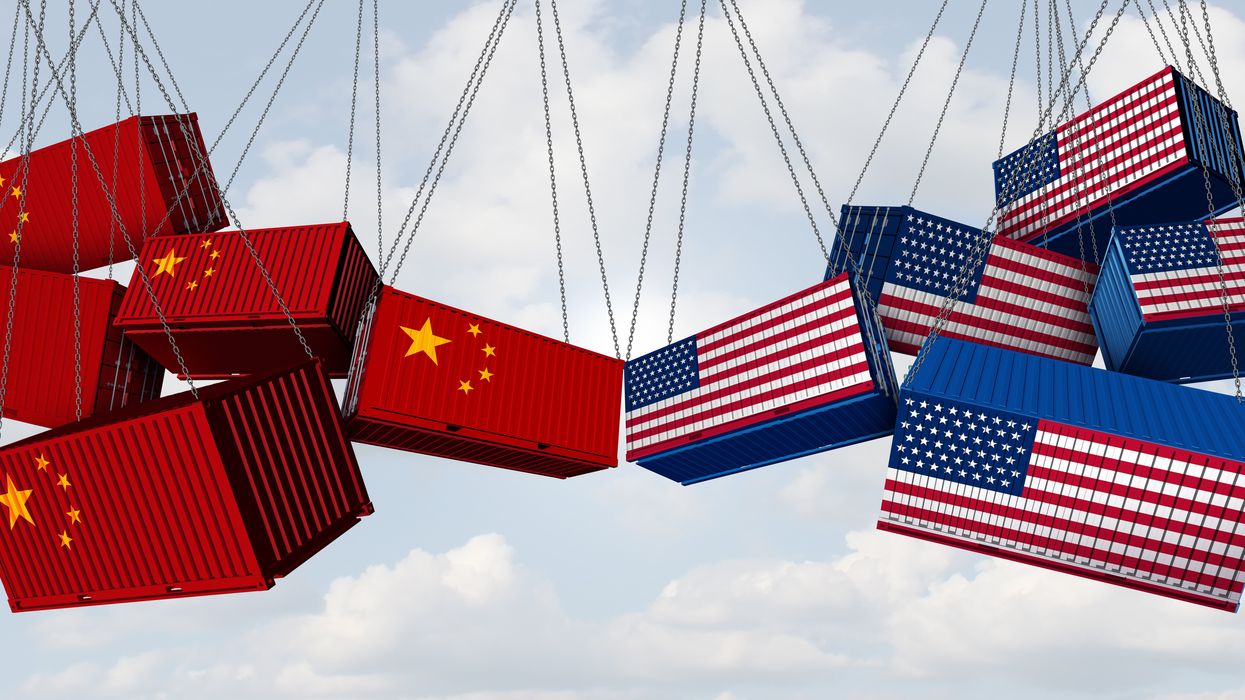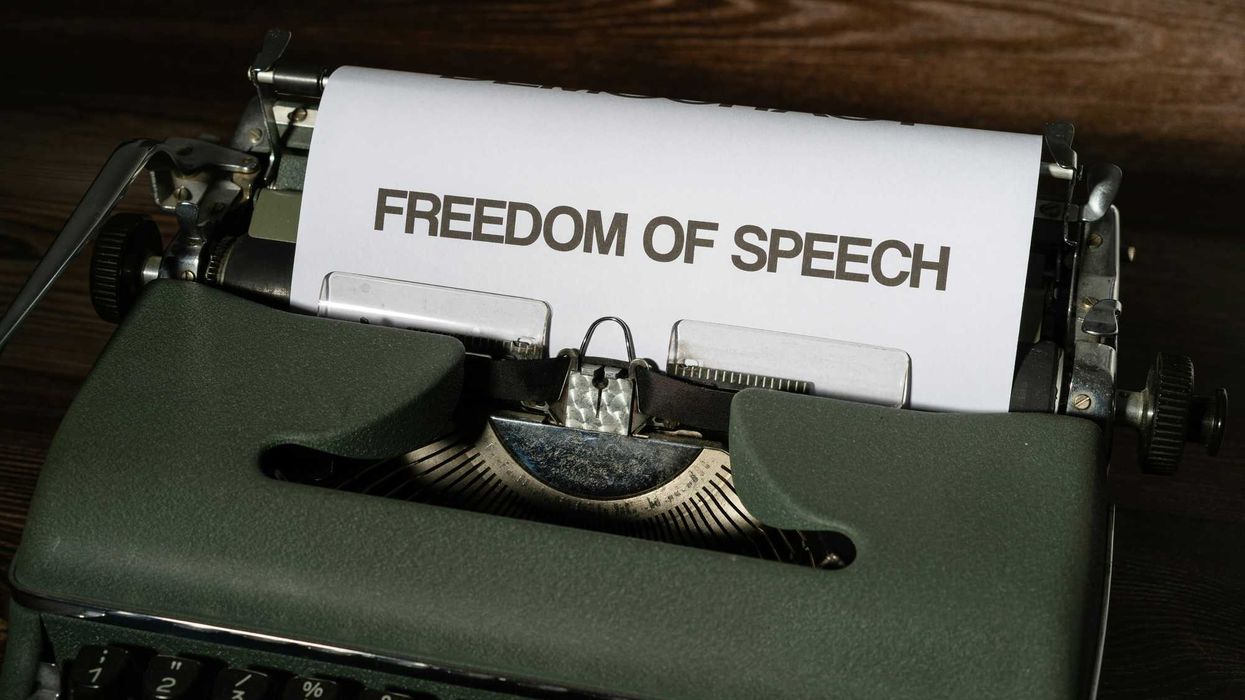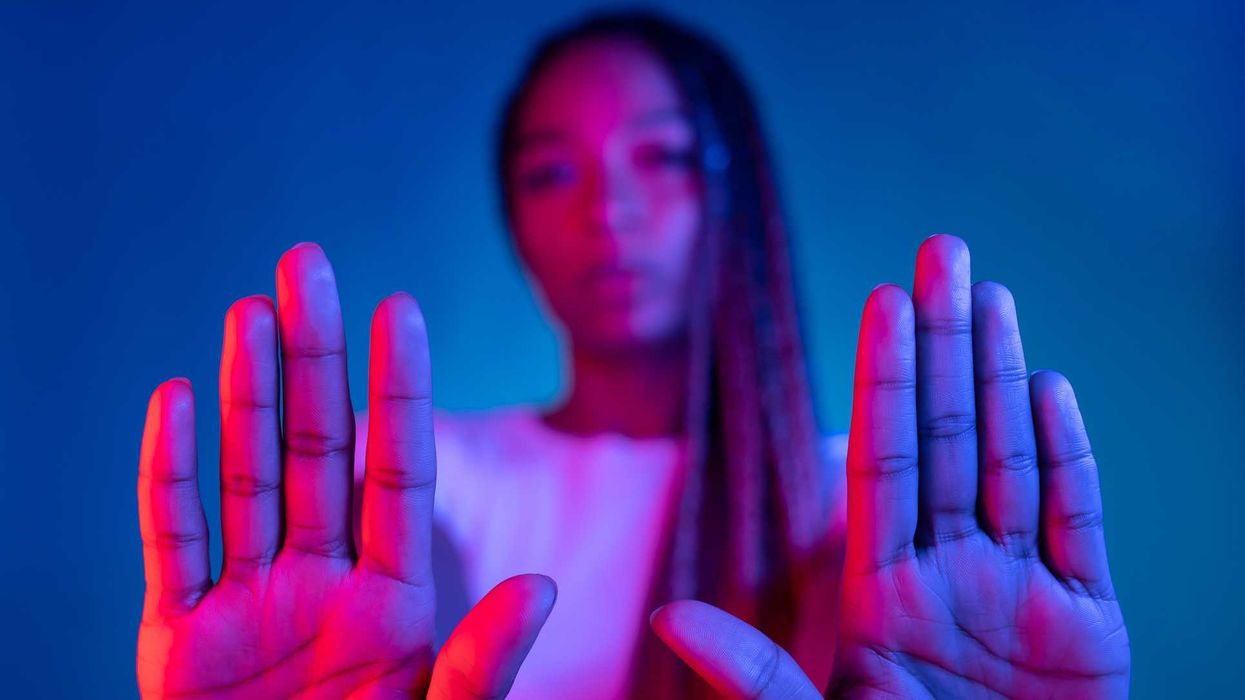As President-elect Donald Trump prepares to return to the Oval Office, there is much talk about tariffs as the foundation for his economic policy. Trump himself says he’s “a Tariff Man,” and in fact implemented tariffs on a number of countries in his first term. But what are tariffs exactly, and how do they work? What are the pros and cons?
There’s a lot at stake, and like many things “economic,” it’s kind of complicated. So let’s break it down.
First, what is a tariff?
A tariff is a tax on imports of products from other countries. Taxing imports makes the price of those imported products more expensive and makes the cost of U.S. products cheaper in comparison.
Second, why does Trump want new tariffs?
Trump says tariffs will do several good things for the U.S. economy, including:
- American consumers potentially will buy more U.S. products, which will benefit businesses and create more domestic jobs for Americans, especially higher-paying factory jobs.
- U.S. companies such as automakers Ford and GM that built factories and created jobs overseas in places like China and Mexico, because wages were cheaper and they could ship their products back to the U.S. market without penalty, now will have greater incentive to return their industries from overseas.
- With more of those businesses moving back to the U.S., tax revenue will increase, shrinking the trade and budget deficits, and those new tax revenues could be used to pay for services like child care and retirement, or to lower income taxes.
The president-elect sees tariffs as kind of a “price of admission” to the lucrative U.S. market. In his first term, Trump imposed tariffs on China, targeting imported solar panels and washing machines with a 30 percent to 50 tariff, steel 25 percent, aluminum 10 percent, along with other other Chinese imports. These tariffs then were later extended to Canada, Mexico, the European Union, India and other nations.
Now Trump is promising to double down on that approach with new tariffs. The president-elect says he will sign an executive order for a 25 percent tariff on all goods coming from Mexico and Canada and a 60 percent tariff on Chinese imports. A $32,000 car imported to the U.S. subject to a 25 percent tariff would add $8,000 to the cost of that vehicle, while a 60 percent tariff would add over $18,000.
To show that he means business, when tractor manufacturer John Deere announced its plans to move some production to Mexico, Trump vowed to tax anything Deere tried to export back into the United States at 200 percent.
Impact of tariffs during Trump’s first-term
To see what new tariffs might do, it’s useful to look at what happened with Trump’s first-term tariffs. First and foremost, America’s trading partners, who together import/export the vast majority of goods with the United States, did in fact retaliate.
China imposed 25 percent retaliatory tariffs on 659 U.S. products, ranging from soybeans and autos to seafood and pork, equivalent to $50 billion and matching the value of the U.S. tariffs dollar-for-dollar. Canada also implemented $16.6 billion in retaliatory dollar-for-dollar tariffs covering 299 U.S. goods, including steel, aluminum, yogurt, whiskey and more.
Mexico and the E.U. implemented retaliatory tariffs worth $3 billion each on hundreds of U.S. goods, as did India. This global trade war had other unintended effects, including on jobs and U.S. exports to other countries that ended up hurting some of the manufacturers the Trump administration was trying to help.
For example, the tariffs on steel and aluminum had the desired effect of incentivizing some U.S. firms to produce more of those metals. But the import tax predictably caused prices from foreign producers to rise, which incentivized U.S. businesses to raise their prices. So other U.S. companies that manufacture products with steel and aluminum, such as industrial machinery and auto parts, had to raise their prices and ended up manufacturing less.
Prices for consumers on many products also increased due to the tariffs. A study by the conservative Tax Foundation found that the Trump tariffs imposed nearly $80 billion worth of what it called “new taxes” on Americans by levying tariffs on thousands of products. Valued at approximately $380 billion, the tariffs caused prices to increase on the imported products and “amounted to one of the largest tax increases in decades,” according to the Tax Foundation.
A study by economists at the Massachusetts Institute of Technology and Harvard found that Trump’s tariffs did not restore jobs. For example, the number of jobs at steel plants didn’t change, remaining right around 140,000. In addition, the study found, the retaliatory taxes imposed by China and other nations had negative impacts on farmers who lost their overseas export markets, resulting in the Trump administration doling out billions in aid to farmers.
Still another study found that “the costs of the US tariffs continue to be almost entirely borne by US firms and consumers, ” not by the foreign countries or companies, as Trump had promised.
So there were winners and losers all around, and in all likelihood there will be again with Trump’s new tariffs. The business-friendly Peterson Institute predicts the new proposals would cost the typical American household as much as $2,600 a year in increased prices for thousands of products. Some have called it a “fruit and vegetable tax” as it would likely increase the cost of many grocery items, since Mexico is Americans’ source for 69 percent of fresh vegetables and 51 percent of fresh fruit. The impacts would be felt disproportionally by middle- and lower-income people.
A middle path
In the middle of this debate, some have argued that a limited number of very targeted tariffs to incentivize specific trading partnerships might be beneficial. Indeed, the Biden administration maintained most of Trump’s tariffs on China, involving more than $300 billion worth of goods, and added on another $18 billion on items including steel, medical supplies and electric vehicles. Especially with a trade rule-breaker like China, an argument can be made that targeted tariffs can be important tools to counter unfair trade practices.
The truth is, a high concentration of trade and jobs emanate from businesses that both export and import goods, so tariffs on imports can end up hurting export performance and associated employment. It turns out that the on-the-ground reality is more complicated than a campaign slogan.
There is also a chance that the higher tariffs proposed by Trump are merely a bargaining chip to get Mexico to crack down on fentanyl smuggling, or to get China to quit subsidizing its export companies. During his first term, Trump habitually tweeted out his tariff threats, using strong rhetoric initially only to exempt certain products or specific companies (sometimes aligned with Trump’s Republican allies’ businesses).
But by imposing tariffs across the board, not just on China, Trump will raise costs for many U.S. businesses, increase prices for U.S. consumers and alienate trading partners who ideally would be part of a cooperative response. A more measured approach has real potential.





















